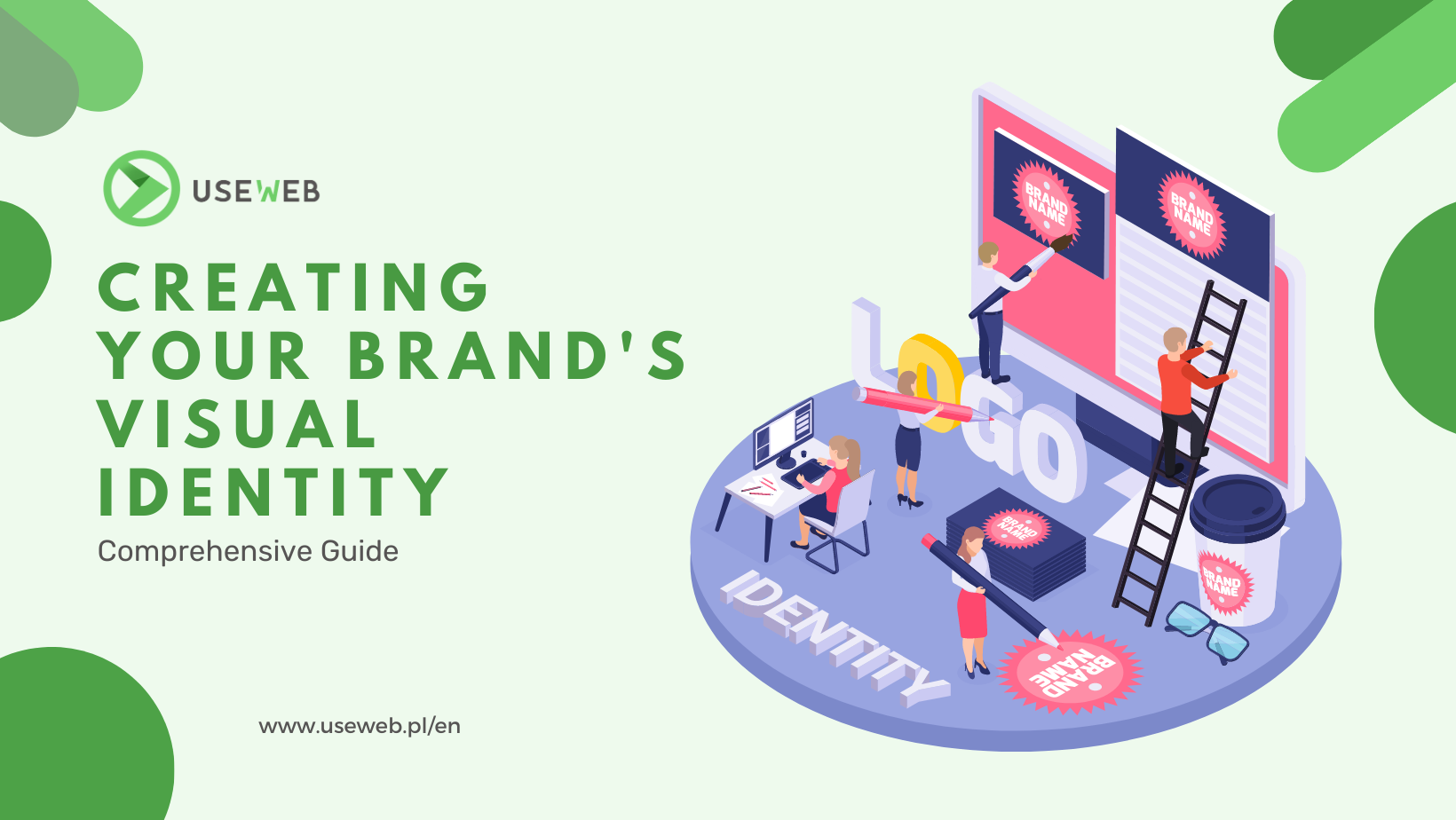Have you ever wondered what websites will look like in 2025? The world of technology is evolving at a dizzying pace, and trends in web design are a prime example.
From minimalist layouts to advanced animations and AI integration, the future of web design promises to be exciting. As users become more demanding, designers must keep up with growing expectations and needs.
In this article, we’ll explore the key trends in web design likely to dominate in 2025. Discover what lies ahead in the digital world!
Introduction
In 2025, minimalist approaches will remain a staple in web design. Clarity and functionality are essential, resulting in simplified user interfaces. Removing unnecessary elements fosters intuitive layouts, enabling users to navigate websites easily and find the information they need quickly.
Typography plays a vital role here. Choosing the right fonts can significantly impact how a brand is perceived. A well-designed website uses thoughtful color schemes that, along with typography, highlight professionalism and enhance the user experience.
In 2025, web design trends will focus on understanding user intent and tailoring designs to individual needs. Properly chosen color accents and subtle visual effects, such as hover reactions, can make websites both aesthetically pleasing and functional. Minimalism in web design is becoming not just a trend but a necessity.
Key Changes in Web Design
The year 2025 will bring fascinating changes in web design, emphasizing personalized user experiences. Personalization and microinteractions will be crucial, enhancing interactions with website interfaces. As a result, users will be more engaged and spend more time on websites.
With the growing importance of mobile devices, responsiveness is key. Websites will be even better optimized for smartphones, tablets, and wearable devices. Effective minimalism will become a standard, with subtle gradients and bold colors adding depth and highlighting key elements of a site.
Enhanced information hierarchy will allow users to access desired content more quickly. Technologies such as AR, VR, and voice interfaces will increasingly integrate into websites, revolutionizing how we interact with the web.
Trends for 2025:
- Personalization
- Microinteractions and microanimations
- Responsiveness and mobile optimization
- Effective minimalism
Web designers, prepare for these exciting innovations to create websites that meet individual user needs.
Minimalism in Web Design
Minimalism in web design is a philosophy gaining recognition. It focuses on creating simple yet functional designs that prioritize what’s essential while removing unnecessary visual elements that could distract users. White space becomes a crucial part of this approach, improving content comprehension. Minimalism in web design also includes distinctive typographic solutions, which could become the centerpiece of many projects in 2025.
The “Less Is More” Principle
The “less is more” principle is a cornerstone of minimalism, aiming to simplify interfaces and emphasize key content and features. This approach makes it easier for users to navigate websites, enhancing their overall experience. In 2025, expect websites to become even simpler and more transparent, promoting better message comprehension and improving overall website aesthetics.
Combining Simplicity with Personalization
Integrating simplicity with personalization is a trend dominating modern web design. Intelligent algorithms enable websites to dynamically adjust layouts and content to individual user needs, significantly increasing engagement and loyalty. This combination not only alters content but also rearranges layouts, leading to satisfying and efficient user experiences.
Microinteractions and Animations
Web design in 2025 will feature advanced microinteractions and animations that elevate user interactions. Microinteractions are subtle interface elements reacting to user actions, boosting engagement through personalization driven by AI integration.
Animations and microinteractions enhance a site’s aesthetics and simplify navigation by focusing user attention on critical elements, such as CTAs. These interactions provide immediate feedback to confirm completed actions or guide users on their next steps.
Impact on User Engagement
3D elements and interactive animations in web design will play a crucial role in increasing user engagement. Visual effects such as color-changing buttons, animated icons, and dynamic content personalization will make websites more enjoyable and intuitive.
Dynamic personalization, powered by AI, tailors product recommendations to user preferences, leading to greater engagement. Additionally, the development of dark mode with dynamic customization options for colors and contrast improves readability, increasing time spent on websites in various lighting conditions.
Examples of Effective Microinteractions
- Animated buttons that change color upon hovering or clicking
- Smooth transitions between sections for natural navigation
- Interactive charts updating in real-time
- Contact forms responding with animations to user inputs
Such microinteractions enrich the visual experience and make the message more comprehensible to users.
Integration of Artificial Intelligence (AI)
Artificial intelligence (AI) will revolutionize web design in 2025 by automating layout generation and tailoring content to individual user needs. AI-powered websites will significantly increase user engagement through personalized experiences from the first click.
Machine learning algorithms will enable ongoing UI and UX optimizations, leading to increasingly refined web designs. AI will also serve as an advanced analytical tool, helping designers understand which website elements drive conversions and how to use them effectively.
Sustainable Web Design
In 2025, sustainable web design will become a key industry standard. Minimizing carbon footprints and optimizing resource usage are priorities for designers aiming to create more eco-friendly websites.
Eco-Friendly Design Practices:
- Code optimization to reduce energy consumption
- Selecting green hosting providers using renewable energy
- Using efficient image formats like WebP
By adopting sustainable practices, websites will become faster, more efficient, and more environmentally friendly, aligning with user preferences for eco-conscious initiatives.
AR and VR Technologies
Fasten your seatbelts! 2025 will bring a thrilling ride with AR and VR becoming integral parts of the online world, transforming user experiences into something magical.
Examples of AR and VR Applications:
- Virtual try-ons in e-commerce
- Virtual real estate tours
- Interactive online education through virtual labs
- Virtual travel experiences
Responsiveness in Web Design
Why Is Responsiveness Crucial?
Responsive design ensures websites display correctly across devices, improving user satisfaction and SEO rankings. Mobile-first approaches and tools like CSS Grid and Flexbox will play a significant role in 2025.
Best Practices for Responsive Design:
- Optimize images for different screen sizes
- Use flexible typography for readability on all devices
- Design intuitive navigation accessible on various platforms
FAQ:
- What are the key web design trends for 2025?
Key trends include personalization, microinteractions, responsive design, minimalism, and AI integration. - Why is minimalism important in web design?
Minimalism enhances readability, simplifies navigation, and improves user engagement through intuitive interfaces. - How does AI influence web design?
AI automates design processes, personalizes content, and optimizes user experiences dynamically. - What makes responsive design essential?
Responsive design ensures websites work seamlessly across devices, improving user satisfaction and SEO rankings. - How will AR and VR shape the future of web design?
AR and VR will offer immersive experiences, like virtual try-ons and interactive tours, revolutionizing user engagement online.






